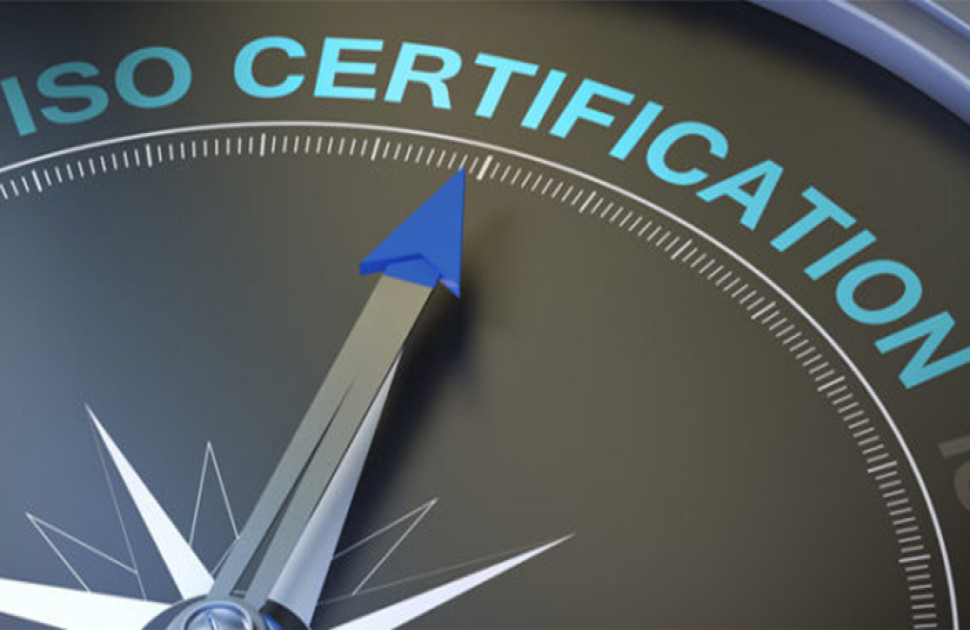Supplying clients with certificated technicians is essential in our industry; unfortunately, not all contractors provide the expected quality of technicians. The result is that the client wants evidence that the technicians are properly qualified.
In many cases, the technician holds the responsibility of passing a judgment on the acceptance or rejection of the inspected component. It is the operator through whom we depend to accurately evaluate defects and indications; if the operator is not properly knowledgeable, trained, and experienced they might misjudge the results of NDT and reject components that are sound and capable of performing in the service.
On the other hand, they might send the faulty components into service which may become a source of premature failure. In both cases, the consequences are going to be adverse. In the first case, the organization is going to suffer undue production losses while in the second premature failure may lead to even bigger losses. Of no less importance is the integrity of the operator because of his ability to provide accurate reports.
A central system of certification (per ISO 9712 and EN473) such as CGSB, PCN, CSWIP, and ACCP has technicians study the relevant subject material, undertake the necessary experience and training requirements and then go to an authorized examination provider to take an independently set and invigilated examination. When they pass their exam, they are awarded a certificate of competency in that respective NDT Discipline. This can then be used by their employer or a potential employer anywhere within its jurisdictional or accepted limits. At Buffalo Inspection Services, we have chosen to support our clients and technicians with certifications that are recognized broadly as the standard. We see this as a competitive advantage and a sustainable quality standard for our clients.
The employer still has a level of responsibility to ensure the capability of the technician in applying their qualification (Duty of Care) to the specific work process, but this is a relatively easy task compared to the qualification process. However, When the technician asserts an opinion on an inspection with an institutional certification their opinion has increased “Value at law†due to their duty of care obligations.
In the ASME system, the ASNT Recommended Practice SNT-TC-1A is the dominant certification program, it is not an institutional program but an employer-based form of certification. SNT-TC-1A is a recommended practice and not a standard, which gives the employer a certain amount of flexibility concerning the necessary requirements needed for an NDT technician pertaining to the specific NDT applied. A written practice allows discretion in the practical nature of examination, which is for all intent and purpose a positive element. However, the negative aspects of discretion give way to the temptation to provide inadequate structure and correctness to the certification process along with the relative capacity to ‘rubber stamp’ certification. Additionally, the SNT-TC-1A program has no portability for the technician and as such has no central database for verification. This has been an ongoing challenge and complaint from NDT customers for years when it comes to the overall competency of a technician. In addition to this challenge, the technician’s opinion is inherently linked to the NDT service provider who is linked by code to the manufacturer or fabricator. This means that a technician’s opinion has limited or no Value at Law (per code) by comparison to the employer or fabricator. Buffalo does provide our technicians with the added practical in-house oversight of an SNT exam however, we are moving towards wanting as a minimum for our technicians to have CGSB, PCN, CSWIP, and ACCP as table stakes for competency.
As production demands and reliability increase, the opinion of an NDT technician has become more and more important as far as identifying and evaluating defects and indications correctly and accurately. I remember in the Middle East years ago when technicians came from all over the world and there was not a clear understanding of consistency in certification; for this reason and others similar, the performance demonstration was established.
In the interim we have had API establish performance evaluation tests and more recently ASNT’s central certification program ACCP and now we have ASME coming up with their own contribution in the form of ANDE. The ASME Nondestructive examination†program. The instigator of all these performance demonstrations to identify technicians capable of finding cracks in SS welds was the Nuclear Industry.
Now, with the plethora of certification programs out there we have what appears to be a never-ending requirement for training and all its incumbent expenses. Whether this creates better technicians or not remains to be seen, but, it sure creates a scarcity of skilled personnel. The industry needs to agree on a standard of certification that ensures competency and accuracy in the delivery of the service. CGSB, PCN, CSWIP, and ACCP are the pillars of internationally recognized central certification programs and are increasingly essential for hiring and advancement at Buffalo Inspection Services, These programs should be a minimum pre-requisite to all NDT undertaken in our country.
References:
1. Buffalo Inspection









